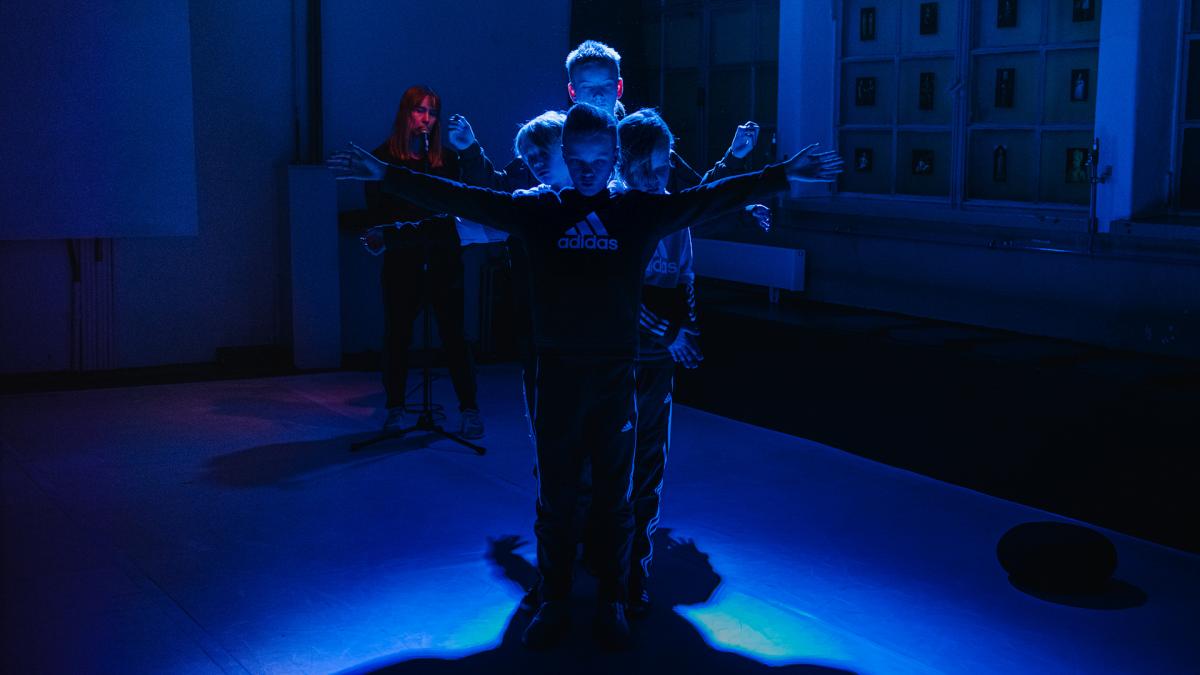Interviewing doctoral candidates: Nora Rinne is interested in children and childhoods in art
Nora Rinne is a performance artist and actor.

What is the topic of your doctoral research?
The topic of my doctoral research is children and childhoods in intergenerational performance art. I’m interested in the presentations and representations of children in art, today and in art history, and the actual children that live their childhood among us adults today. I resist the tendency to see children as belonging only to the field of art pedagogy: artists, not only art pedagogues, should have tools, passion and courage to ask “the child question” in and through art. It is not only a small and sweet and light question, and art could have an integral role when it is asked.
What drew you to pursue doctoral studies?
I wanted to go deeper into this topic, spend more time with it, make my inquiries more thorough, think about what I’m doing and what I should do, execute serious experimentations and really learn from them. The children and childhood topic was bothering and fascinating to me as an artist for many years, and I felt that doctoral studies could give me a possibility to learn how to approach it more comprehensively. I hoped to gain collegial connections as well, people to work and think with, and a place to do this work in, a concrete place, walls and roof and all. Finally, as I want to influence the discussion concerning children and childhoods in this society and culture, I feel I need the doctorate to prove that someone should listen to me and the children I work with.
What does artistic research mean to you?
Artistic research means seeking understanding and sense through art and artistic work. Sense in all meanings of that word. Artistic research for me is asking questions with and in art, or being open and receptive when questions emerge in diverse forms. It means that you don’t just trust your instinct, or gut feeling, these very valued guides in the arts, since those can also lead you to something you already know and feel comfortable with, without challenging anything. It means resilience and persistence, not in hardness but in porosity, elasticity and patience. I welcome the often challenging combination of embodied practices and written language. Art making is also art thinking, and lazy thinking doesn’t make the art any more genuine or ‘bodily’.
Artistic Research
Artistic research is one of Uniarts Helsinki’s specialities. In this blog you can read about latest activities in the field from our community and guest writers.
Taiteellinen tutkimus on yksi yliopistomme erityispiirre. Lue blogista yliopistoyhteisömme ja vierailijoiden kirjoituksia ja ajatuksia taiteellisen tutkimuksen ajankohtaisista ilmiöistä ja tapahtumista.
Latest posts
-
Weaving Connective Threads: Doctors in Performance 2025 Reflections
-
What does a doctoral project in Artistic Research look like?
Follow blog